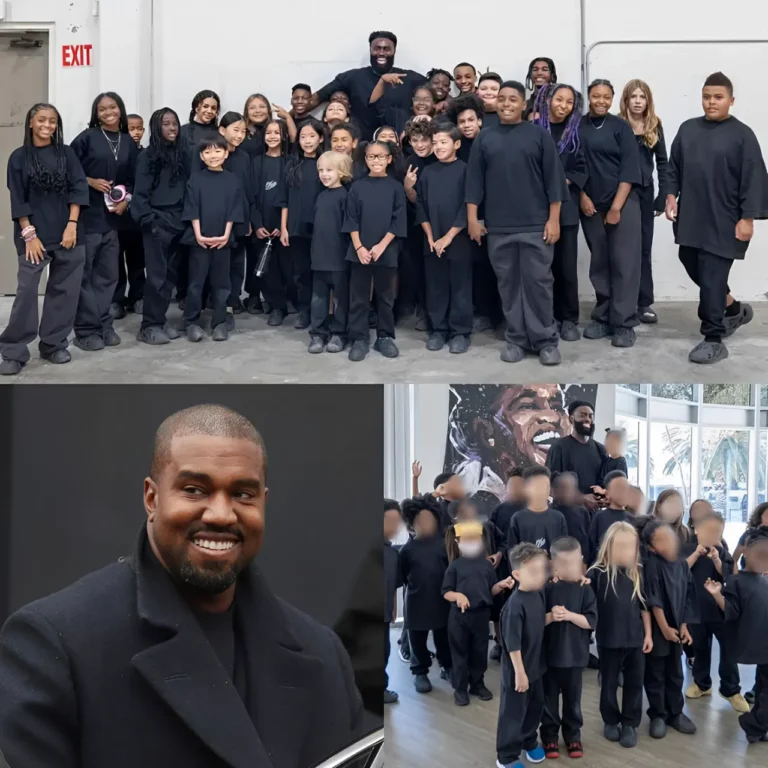
Iran’s Supreme Leader Signals Possible Renewed Talks with the US on Nuclear Program
In a noteworthy shift, Iran’s Supreme Leader Ayatollah Ali Khamenei has indicated a potential openness to renewed negotiations with the United States concerning Tehran’s controversial nuclear program. During a significant address to the civilian government headed by reformist President Masoud Pezeshkian, Khamenei articulated that while the U.S. remains an adversary, there might be strategic merit in engaging in dialogue under specific circumstances. His comments have drawn considerable attention, particularly as they come amid heightened tensions in the Middle East and a volatile global political landscape.

Khamenei’s Delicate Balancing Act
Khamenei’s remarks represent a delicate balancing act, reflecting his deep-seated distrust of Washington while simultaneously acknowledging the potential benefits of diplomatic engagement. He set forth clear boundaries for any potential negotiations, cautioning the Pezeshkian administration against placing undue faith in the U.S. This cautious tone aligns with Khamenei’s historical skepticism, especially after the unilateral withdrawal of the United States from the 2015 Joint Comprehensive Plan of Action (JCPOA) under then-President Donald Trump. That withdrawal saw the reimposition of crippling economic sanctions on Iran, leading to significant economic hardship and furthering the mistrust between Tehran and Washington.
Despite this, Khamenei’s latest statements mirror those made in the lead-up to the 2015 nuclear deal, which saw Iran curtail its nuclear activities in exchange for sanctions relief. This could suggest a calculated willingness to revisit diplomacy, provided Iran’s core interests are safeguarded. By expressing that “there is no harm” in engaging with the enemy in certain situations, Khamenei might be signaling to the international community, and particularly to President Pezeshkian, that diplomatic avenues are still viable, albeit under strict conditions.
The Complex Legacy of the 2015 Nuclear Deal
The 2015 nuclear deal, brokered after years of intense negotiations, was heralded as a landmark achievement in international diplomacy. It significantly curtailed Iran’s nuclear capabilities by limiting its uranium enrichment levels and allowing comprehensive inspections by the International Atomic Energy Agency (IAEA). In return, Iran saw the lifting of economic sanctions, which provided much-needed relief to its struggling economy. However, the deal’s collapse in 2018, following the U.S. withdrawal, led to a rapid deterioration in relations and saw Iran gradually step back from its commitments under the agreement.
Since then, Iran has resumed enriching uranium to levels close to weapons-grade purity and has restricted IAEA inspections, raising alarms within the international community about the potential for nuclear proliferation. Tehran’s decision to increase its nuclear activities has been interpreted as both a bargaining chip and a deterrent, aimed at pressuring the remaining signatories of the JCPOA to find a path back to the negotiating table, while simultaneously preparing for the worst-case scenario of a military confrontation.
Strategic Calculations Amid Regional Tensions
Khamenei’s latest remarks come at a time of significant geopolitical upheaval, particularly in the Middle East. The ongoing conflict between Israel and Hamas has further complicated the region’s already fragile stability, with Iran and Israel locked in a shadow war that has seen both sides engage in a series of covert operations and retaliatory strikes. Iran’s support for Hamas and other militant groups has drawn sharp criticism from Israel and its allies, including the United States, complicating any potential diplomatic efforts.
Moreover, the assassination of key Iranian figures and the escalating violence in the region have heightened fears of a broader conflict. Khamenei’s reference to a possible “tactical retreat” suggests that Iran is considering all options, including temporary diplomatic engagements, to avoid a direct confrontation while still advancing its strategic interests.
Domestic Political Dynamics in Iran and the US
Domestically, President Pezeshkian faces significant pressure to revive the economy and address the deep-seated challenges facing Iran, including high inflation, unemployment, and widespread discontent. His administration, which took office under tragic circumstances following the death of his predecessor in a helicopter crash, has emphasized the need to reengage with the international community, particularly the West. Pezeshkian’s foreign minister, Abbas Araghchi, is a seasoned diplomat who played a pivotal role in the 2015 negotiations, suggesting that the current administration has both the experience and the intent to pursue a diplomatic resolution.
However, the political landscape in the United States is equally complex. The upcoming U.S. presidential election in November looms large over any potential negotiations. With Vice President Kamala Harris and former President Trump as the leading candidates, the future of U.S.-Iran relations remains uncertain. Harris has signaled a tough stance on Iran, emphasizing her commitment to protecting U.S. interests and maintaining a robust defense posture in the region. Conversely, Trump’s potential return to power raises the specter of renewed hostilities, given his administration’s previous actions in dismantling the JCPOA.

The Path Forward: Opportunities and Challenges
As the possibility of renewed negotiations emerges, both Iran and the U.S. face significant challenges in finding common ground. The Biden administration, while engaging in indirect talks with Iran, has maintained that any new agreement would need to address a broader range of issues beyond the nuclear program, including Iran’s ballistic missile development and its regional activities. These additional demands could complicate the negotiations, particularly as Iran has consistently rejected any expansion of the original deal’s scope.
Moreover, Iran is likely to seek assurances that any new agreement would be durable and not subject to the whims of future U.S. administrations. The experience of the 2015 deal, which was undone by a single election, has left Tehran wary of committing to another agreement without stronger guarantees. This could lead to protracted negotiations, as both sides navigate the complex interplay of domestic politics, regional tensions, and global diplomatic pressures.
Ayatollah Khamenei’s recent comments have injected a new element of uncertainty and possibility into the ongoing saga of Iran’s nuclear program. While his remarks are cautious and laced with warnings, they also suggest a potential opening for diplomacy at a time of significant global and regional instability. As President Pezeshkian’s administration seeks to navigate these treacherous waters, much will depend on the ability of both Iran and the United States to overcome deep-seated mistrust and find a path forward that addresses their respective concerns.
The coming months will be crucial in determining whether renewed negotiations can lead to a sustainable resolution or whether the tensions will continue to escalate, with potentially dire consequences for the region and the world. The stakes are high, and the window for diplomacy may be narrow, but the potential rewards of a successful negotiation a more stable Middle East, a reduction in nuclear proliferation risks, and a reinvigorated global diplomatic framework make the effort worthwhile.






